Top speed 440 km/h Length 15 m | Wingspan 29 m First flight November 18, 1942 | |
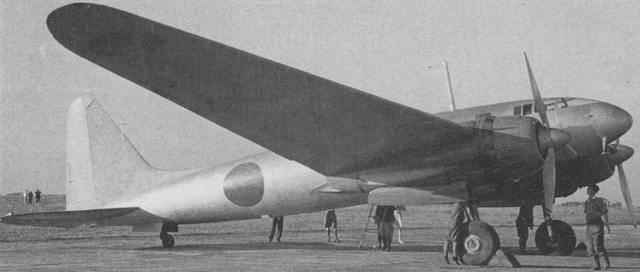 | ||
Manufacturer | ||
Rc tachikawa ki 77 crash
The Tachikawa Ki-77 was a Japanese very long-range experimental transport and communications aircraft of World War II derived from a design commissioned by a newspaper to break the flight distance record set by a rival. It was a low-wing cabin monoplane with twin piston engines and a tailwheel undercarriage.
Contents
- Rc tachikawa ki 77 crash
- tok mustang p 51d na japonsk bombard r tachikawa ki 77 avi
- Development
- Flight from Japan to Germany
- Endurance record flight
- First direct nonstop flight
- Operators
- Specifications Tachikawa Ki 77
- References
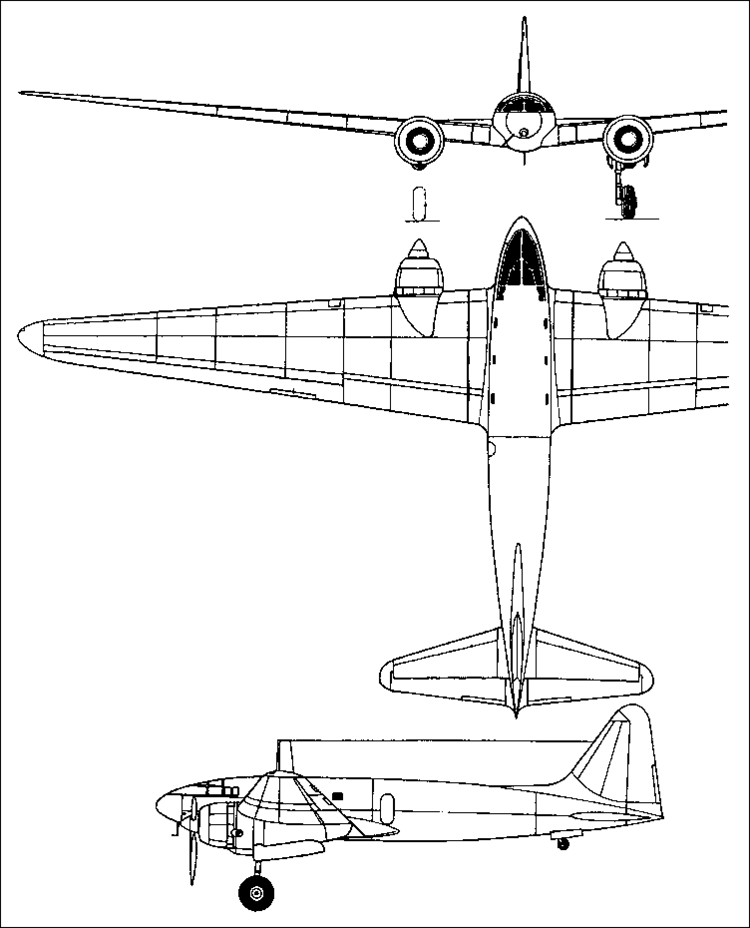
tok mustang p 51d na japonsk bombard r tachikawa ki 77 avi
Development

The Ki-77 was the Japanese Army Air Force designation for the A-26, a clean, slim low wing twin engine monoplane intended for an endurance flight between New York and Tokyo. The A stood for the name of the sponsor, a newspaper Asahi Shinbun which was vying for records with a rival paper which had sponsored the Mitsubishi Ki-15 Kamikaze flight to the United Kingdom in 1937. 26 was for the 26th century of the Japanese Imperial Dynasty - 1940 was year 2600 in the Japanese calendar.
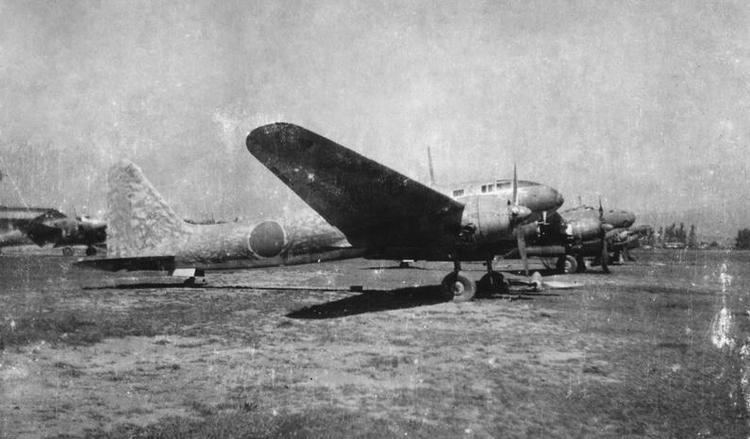
The overall design was developed under the aegis of Dr. Hidemasa Kimura of the Aeronautical Research Institute of the University of Tokyo with Tachikawa being responsible for manufacturing and detail drafting work. The layout was finalized in the Autumn of 1940 with the first flight expected in late 1941 but this was canceled with the start of the war against the United States and the reallocation of priorities. The design included a number of novel features, including a high aspect ratio laminar flow wing for reduced drag and a sealed but unpressurized cabin to reduce the need for oxygen masks at its intended operating altitude as well as special low drag cowlings.
Flight from Japan to Germany
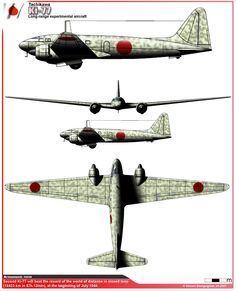
In response to a flight made by an Italian Savoia-Marchetti S.M.75GA which flew to Japan in July 1942 with stops in Russia and China, the Japanese decided to forge a link with Europe, but wished to avoid Russian-controlled airspace and development work was restarted. The first of two prototypes flew on 18 November 1942. The Ki-77 suffered from persistent oil cooling problems which required many changes before being solved, delaying any flight into July 1943. While working on the problem, Tachikawa built a second aircraft. The easiest route was that taken by the Italians, following the great circle route, but General Tojo opposed this because it implied a violation of Soviet airspace. Japan was not at war with the Russians and Tojo wished to avoid either provoking them or asking their permission.
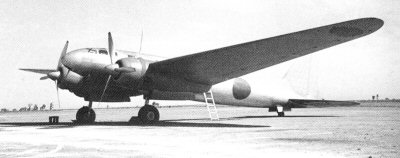
Colonel Saigo considered the "Seiko" (Success) mission (as it was named) absurd and suicidal but the crew was aware of the hazards of the mission. They even had a personal dose of poison to kill themselves, if they were forced down in enemy territory. The pilot was Juukou Nagatomo, the co-pilot was Hajime Kawasaki, Kenji Tsukagoshi and Noriyoshi Nagata were flight engineers, and Motohiko Kawashima was the radio operator. They carried three Army officers as passengers, two of which were Military attaches. They departed Japan on 30 June 1943 for Singapore, where the airstrip had to be lengthened by 1,000 meters to assure a safe takeoff. Finally, the A-26 took off at 7:10 on 7 July 1943 with eight tons of fuel, ample to reach Europe. Their intended destination was the German airfield at Sarabus (now Hvardiiske, Crimea, 45.118236°N 33.976564°E / 45.118236; 33.976564.) but they were to disappear over the Indian Ocean. British fighters likely intercepted them as they were aware of the flight and its route (via air grid squares 3420, 2560 and 2510) thanks to the ULTRA analysts at Bletchley Park decoding intercepted German communications to Sarabus warning of their impending arrival. Slow, unarmed and without armour protection and with a substantial amount of fuel on board, the Ki-77 would have been vulnerable to allied fighters, even had no mechanical problems occurred.
Endurance record flight
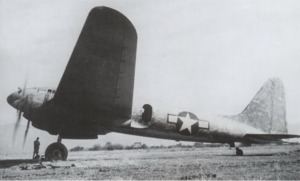
Japan carried out a second flight to gain an endurance record and to verify the Ki-77's capabilities. The existing record had been held by the previously mentioned Savoia-Marchetti SM.75GA since 1939.
Even if in 1944 the usefulness of record breaking flights was overshadowed by the necessities of war, the Japanese needed a propaganda coup and the surviving Ki-77 was available. On 2 July it flew 19 circuits over a triangular route off Manchuria, landing 57 hours 9 minutes later and covering 16,435 km (10,212 mi) at an average speed of 288.2 km/h (179.1 mph), 3,499 km (2,174 mi) more than the SM.75's 12,936 km (8,038 mi) record. The Ki-77 landed with 800 liters remaining in the tanks of the 12,200 l (2,700 imp gal; 3,200 US gal) it started with, so the maximum endurance was around 18,000 km (11,000 mi). The Ki-77's endurance record was first exceeded in October 1946 by a Lockheed P2V-1 Neptune in a flight from Perth, Australia to Columbus, Ohio in the American midwest, of over 18,083.6 km (11,236.6 mi). None of these records were internationally recognized or officiated by the FAI.
The distance record Ki-77 was still in existence when Japan surrendered and was shipped to the United States aboard the United States Navy escort aircraft carrier USS Bogue (CVE-9) from Yokosuka in December 1945, arriving at Alameda, California on January 8, 1946 for examination, before being scrapped.
First direct nonstop flight
The chief designer, Dr. Kimura was on the first direct flight between New York and Tokyo, in a Boeing 747SP in November 1975.
Operators
Specifications (Tachikawa Ki-77)
Data from Japanese Aircraft of the Pacific War
General characteristics
Performance
